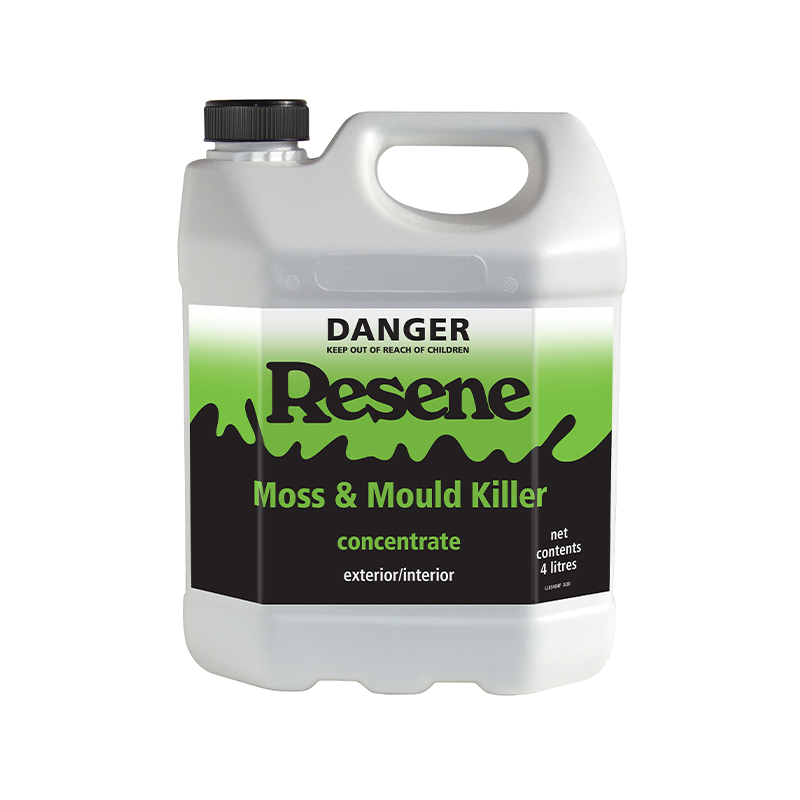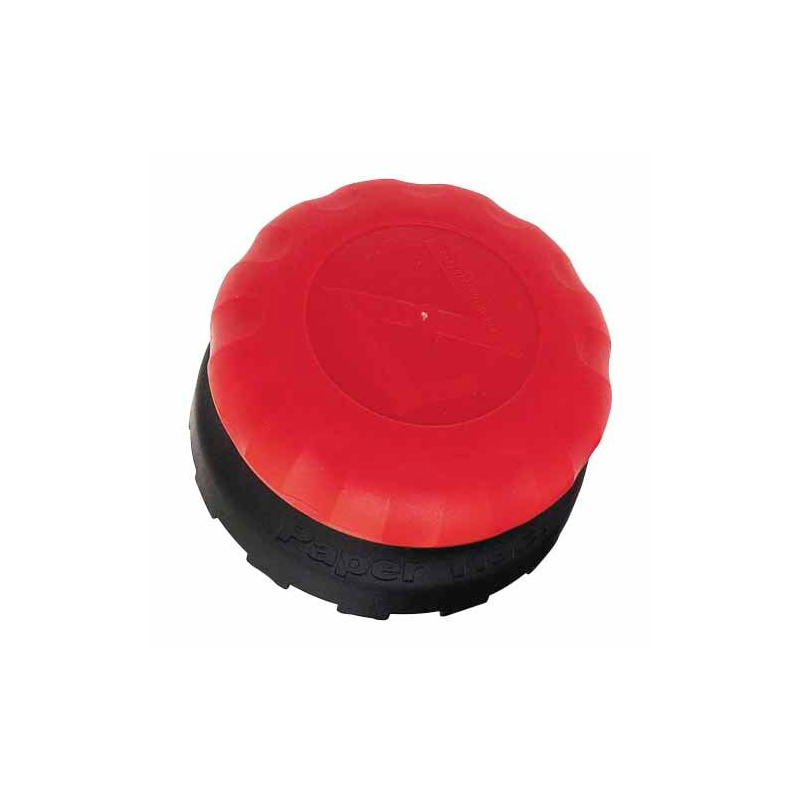If you’ve picked up a design magazine or a copy of habitat by Resene lately, you’ll know that wallpaper is making a major comeback. This is undoubtedly thanks to the wide variety of stunning and versatile Resene patterns available, but also due to the modern paste-the-wall styles, which are easier to hang than ever before. Before you start, you’ll need to check your walls and remove any old paper from the surface. Read on to find out how to strip wallpaper.
Choose your new design
The fun part of any project is heading into your local Resene ColorShop, where you can flip through their wallpaper collections. The friendly staff are always available to sit down and help you decide on options that will suit the atmosphere and colours already in your home. They’ll also provide you with samples to take home so you can get a true indication of how the print and colourway will look in your space. Wallpaper samples are best viewed in person to appreciate the colour, texture and the way the design catches the light.
Assess your walls
Once you’ve selected a Resene wallpaper, it’s time to get started. How you go about prepping the room largely depends on the state your walls are in and what they have been covered with previously.
If the wall is already wallpapered, it’s best to remove the existing wallpaper so you don’t end up with layers upon layers.
If you’re choosing to wallpaper over a wall that has previously been painted, first give it a clean with Resene Interior Paintwork Cleaner. If there’s any mould, you’ll need to treat it with Resene Moss & Mould Killer. If there are dents, dings or imperfections in the wall, fill them with Resene EzyFill Quick and let it dry before sanding it smooth. Wipe off sanding dust. Then apply a coat of Resene Waterborne Sureseal pigmented sealer. You’re now ready to wallpaper.


















